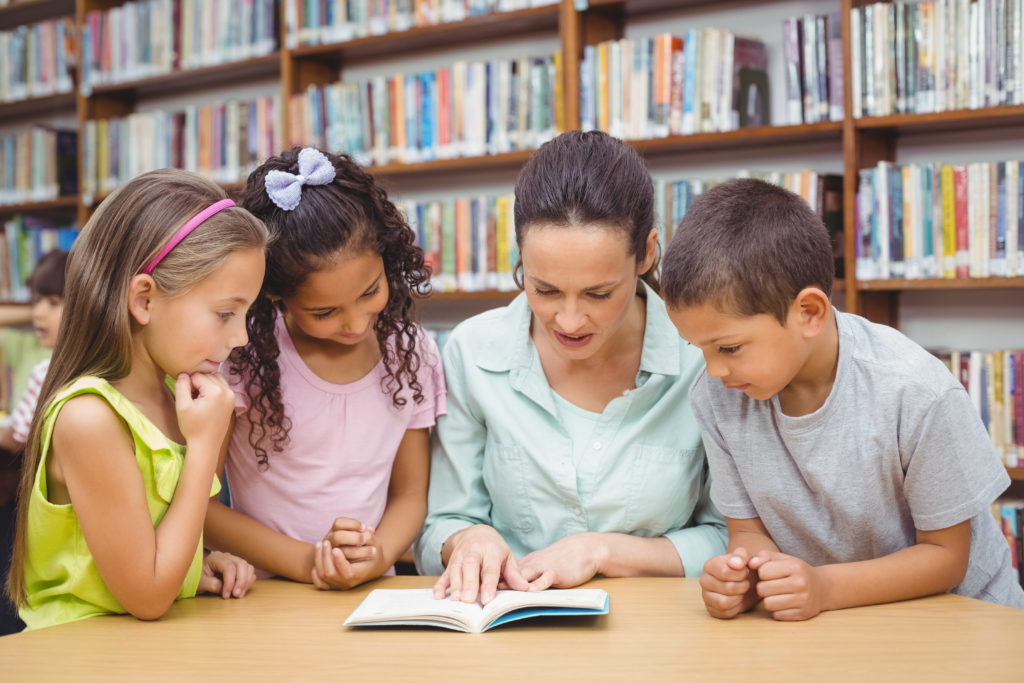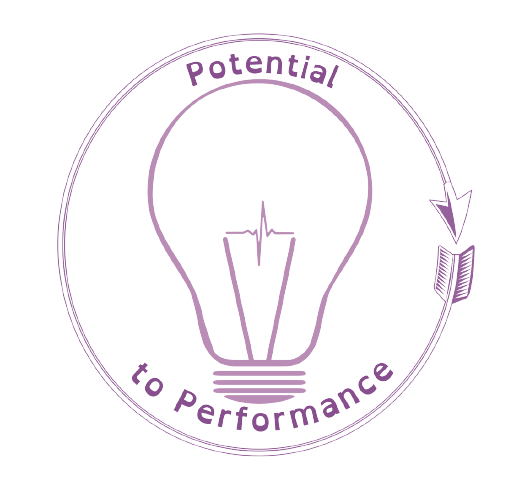Our gifted students deserve the right to be engaged in their learning
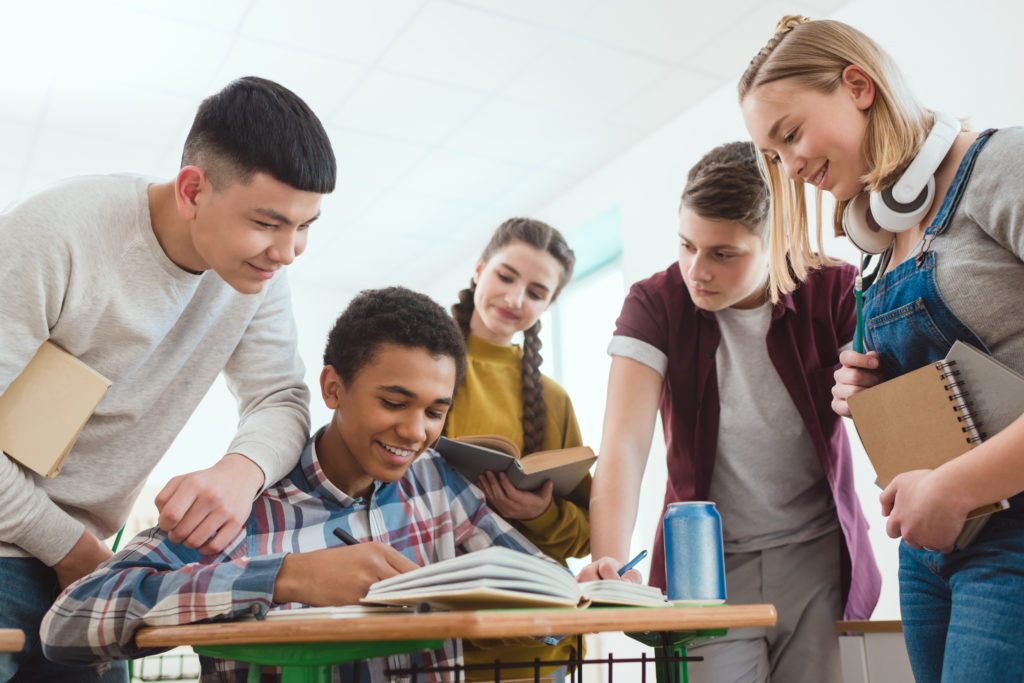
As schools get ready to return to (hopefully) a year without lockdowns, it is timely to reconsider a group of students that are in all schools, all communities, across Aotearoa.
Catering for gifted students has been in the National Administration Guidelines since 2003 and is part of the –
However, many schools are still struggling with the best way to identify gifted learners as well as provide appropriate provisions to allow their students to make progress and meet their potential.
In any Achievement Challenge, in any cohort, you will have gifted learners.
They could be your multi-exceptional students. hose with learning issues that impair them performing to the level above their peers that they are capable of. This would include culturally and linguistically diverse students.
They could be your underachieving students – those who are capable of so much more but do not value the work that they are being given.
Or they could be your students sitting at the top of the class. Those that while achieving “above standard” or “Excellence” are actually not making any progress. This lack of progress can negatively impact their well-being, preventing them from building resilience or self-efficacy.
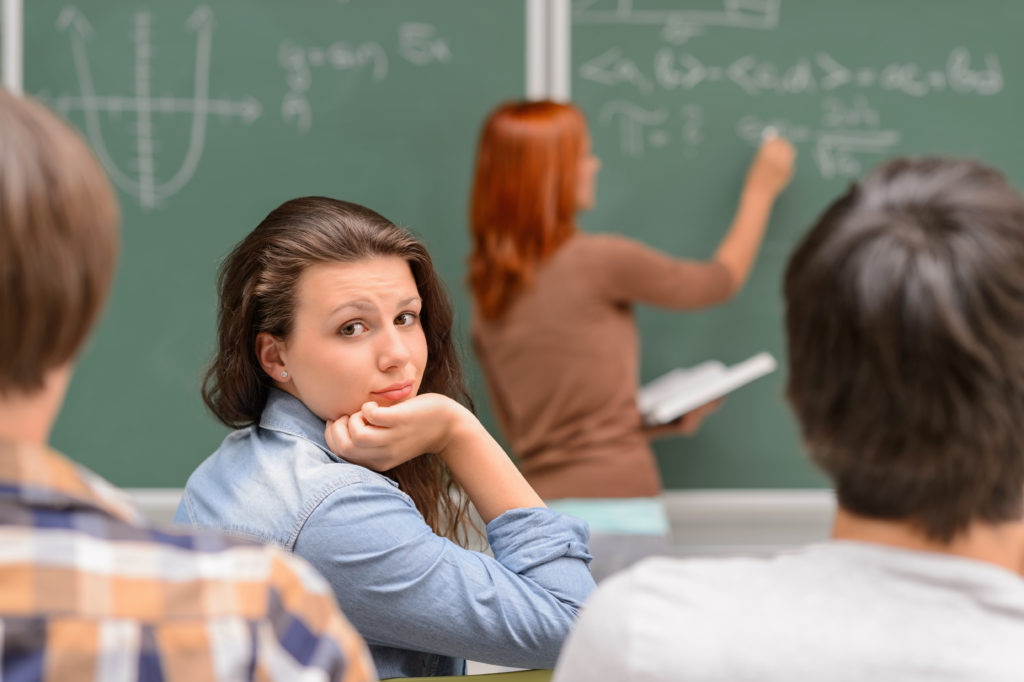
Schools are continuing to move away from the withdrawal approach. Withdrawal groups can be a beneficial addition to provision and allow students to connect with the like-minded. But teachers are realising that these students’ needs should be addressed every day, in every lesson.
An effective gifted programme includes the voices of the students and their parents and whānau. They have valid insights as to what works best to support the students’ learning, social and emotional needs.
Gagné’ s DMGT
The New Zealand Curriculum aligns nicely with Francoys Gagné’s Differentiated Model of Giftedness and Talent. A New Zealand educator and researcher, Dr. Kate Niederer, simplified the model to look like the diagram below.
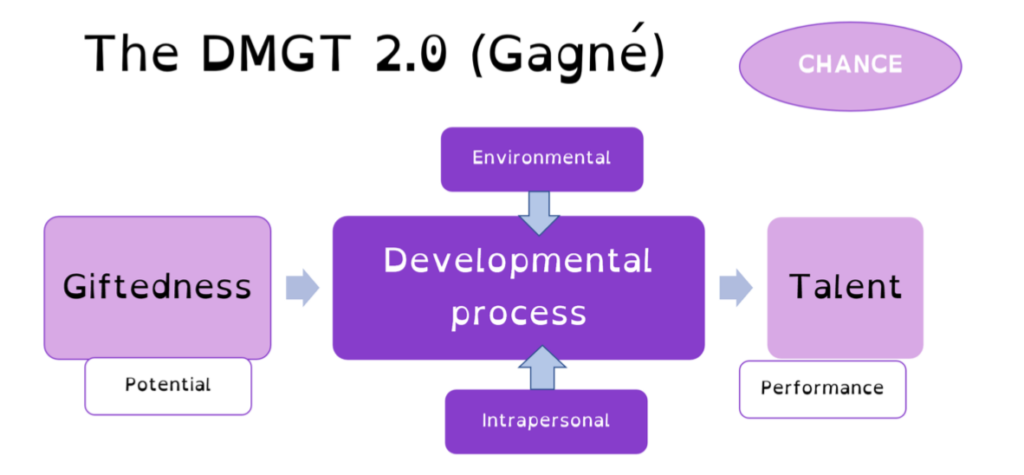
Teachers have the ability to transform the learning environment and have the opportunity to support the intrapersonal skills of students. These two areas provide catalysts to turn potential into performance or to take it backward.
Some examples of Environmental strategies
- Dual enrolment with Te Kura or a Massive Open Online Learning course like Coursera, EdX or Future Learn.
- Using P4C techniques.
- Content, process, product and learning environment differentiation. Check out my Differentiation Toolbox to learn more about these.
- Cluster group across cohorts to make it easier for teachers to effectively differentiate.
- Investigate grade skipping or acceleration for academically gifted students.
Some examples of Intrapersonal strategies
- Allow to form social action groups at school.
- Start a class Kiva account. The class will be able to actively change people’s lives.
- Use FreeRice as a way of personalising learning while making a difference.
- Be specific in your feedback and feedforward to encourage continued learning.
- Use exemplars to help combat perfectionism. Let your students know what standard you expect.
